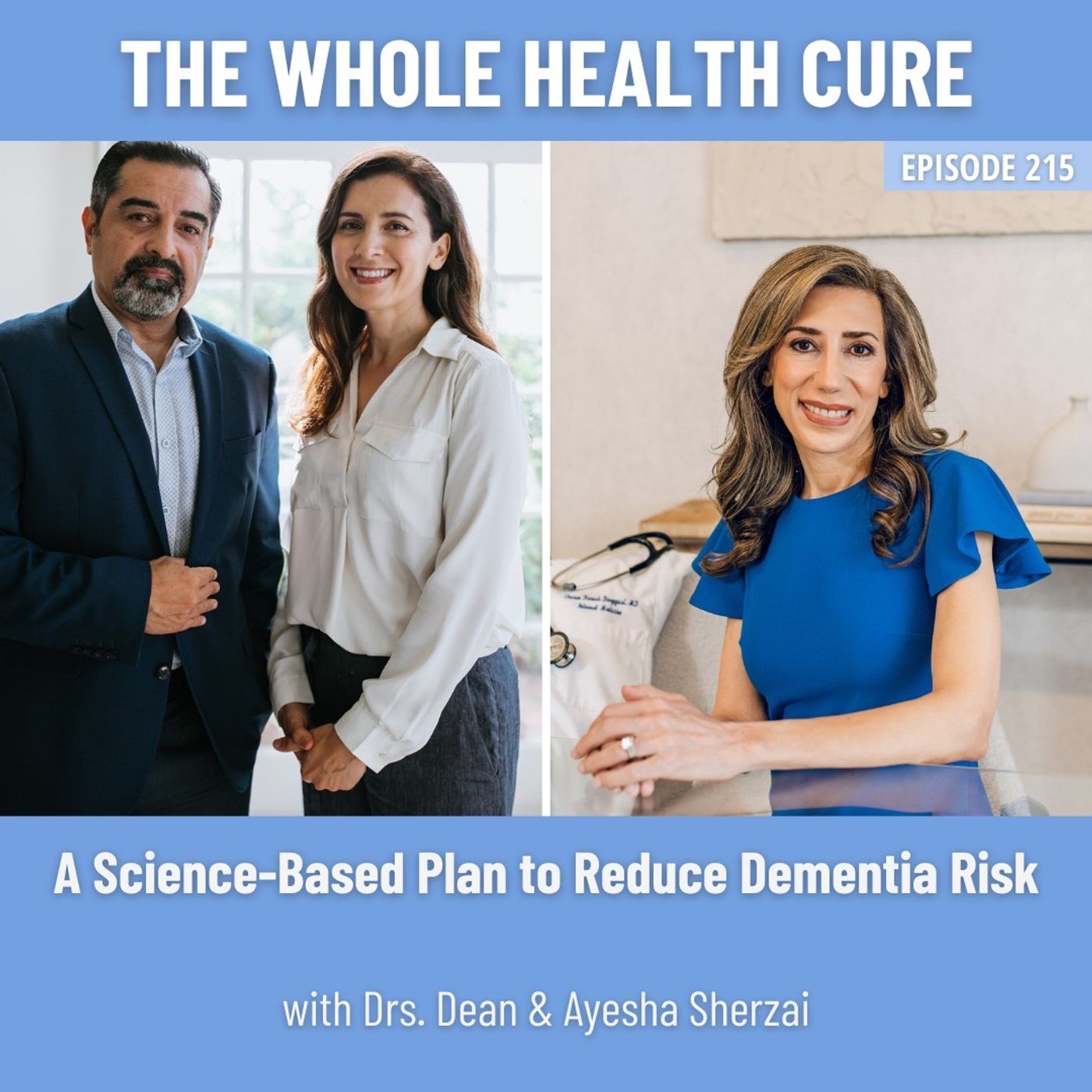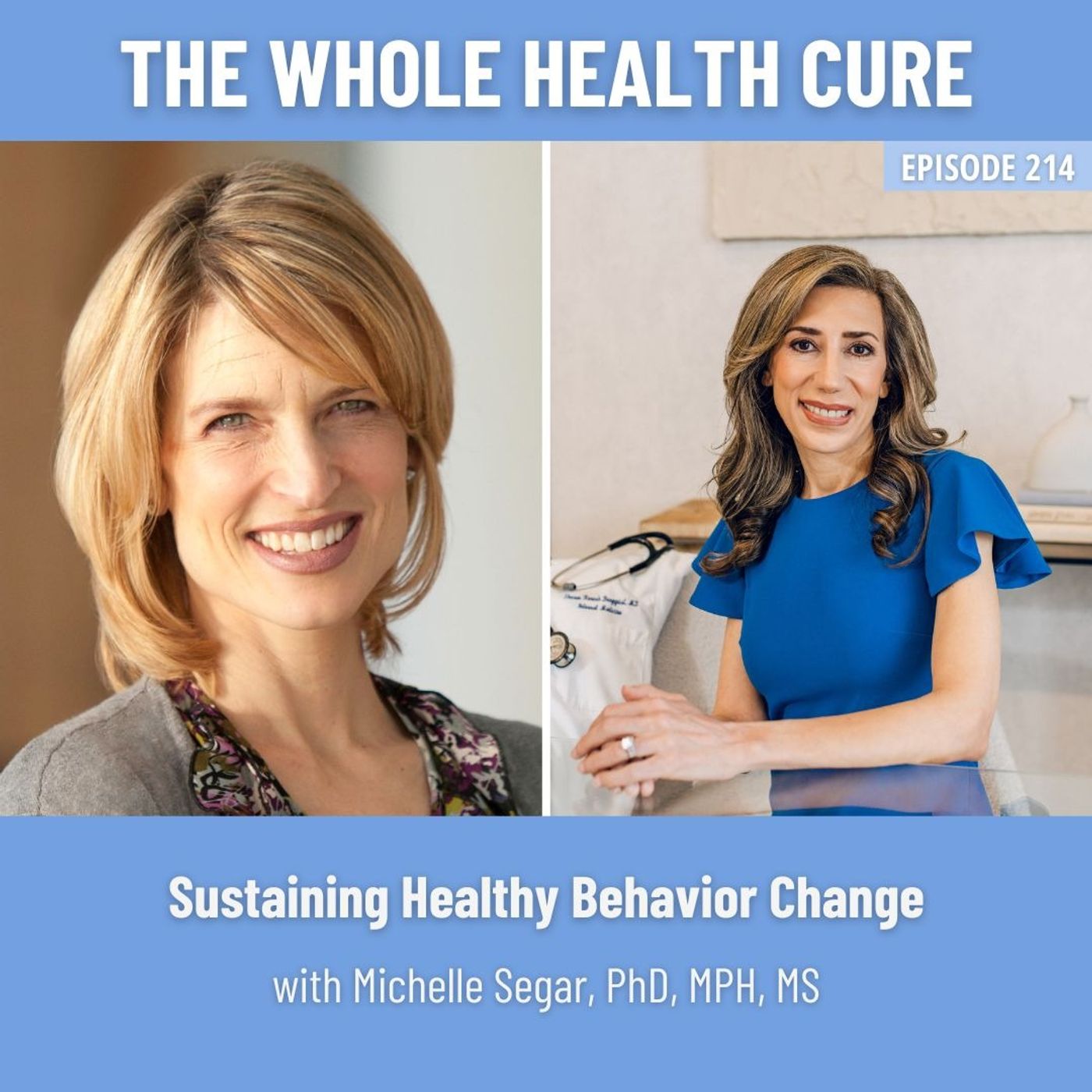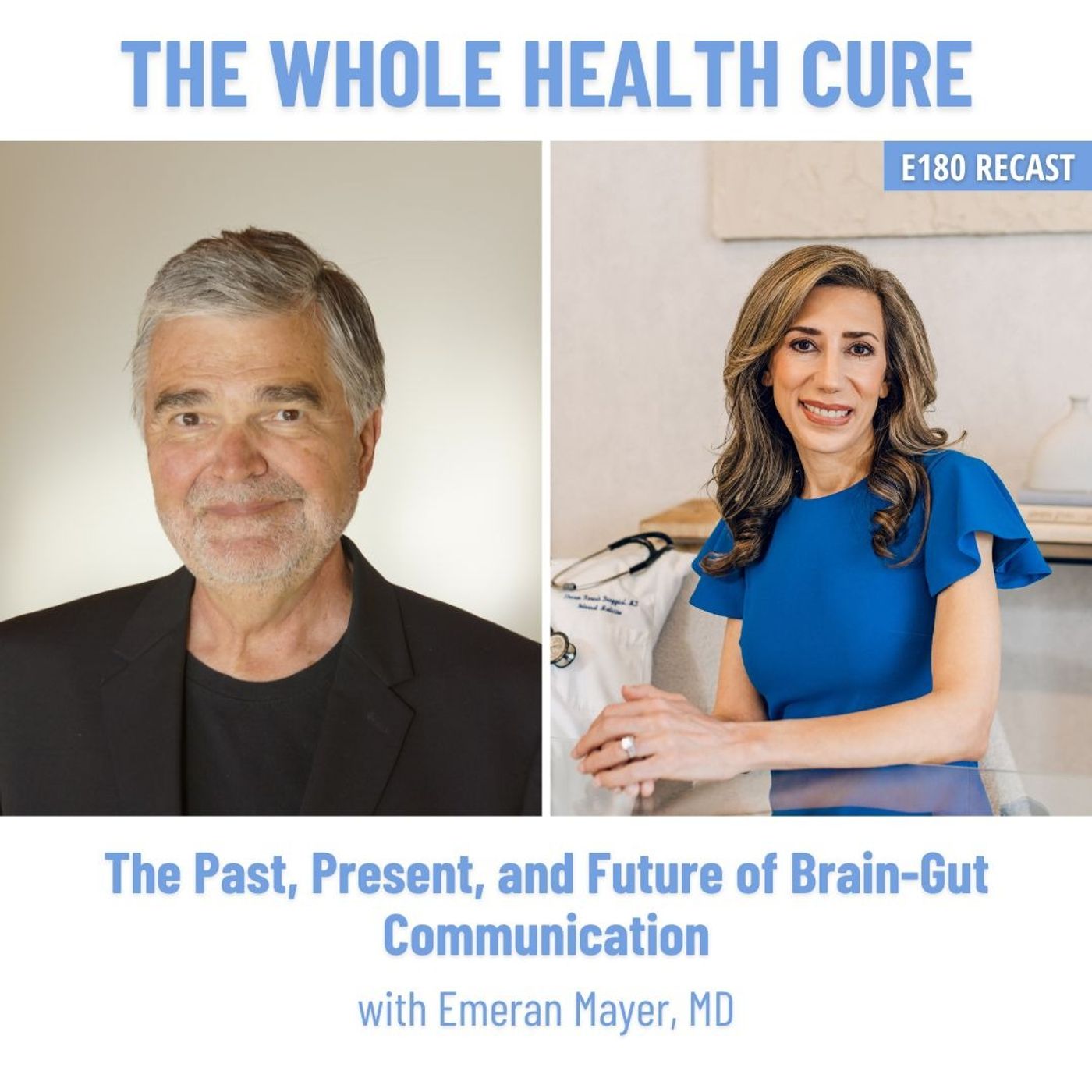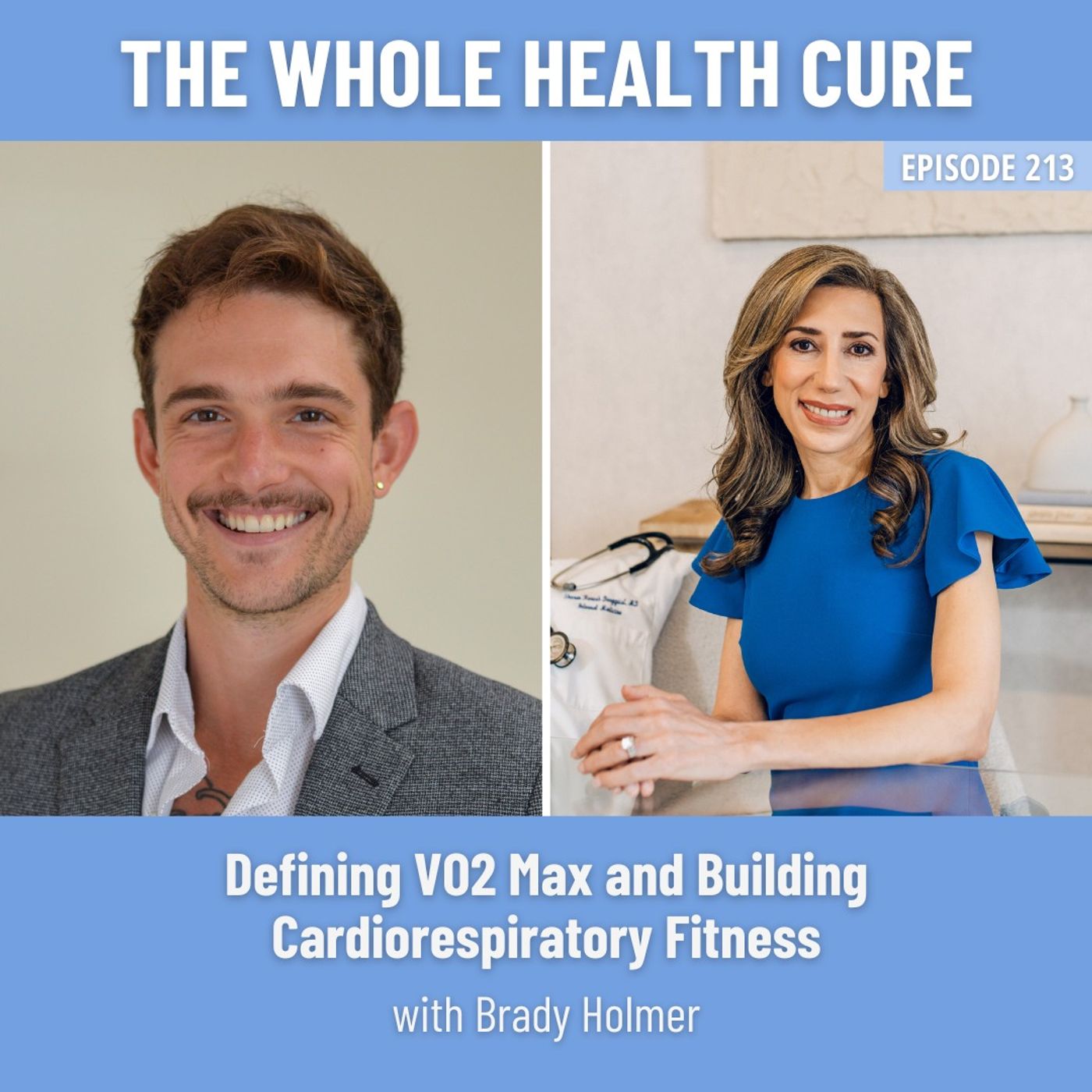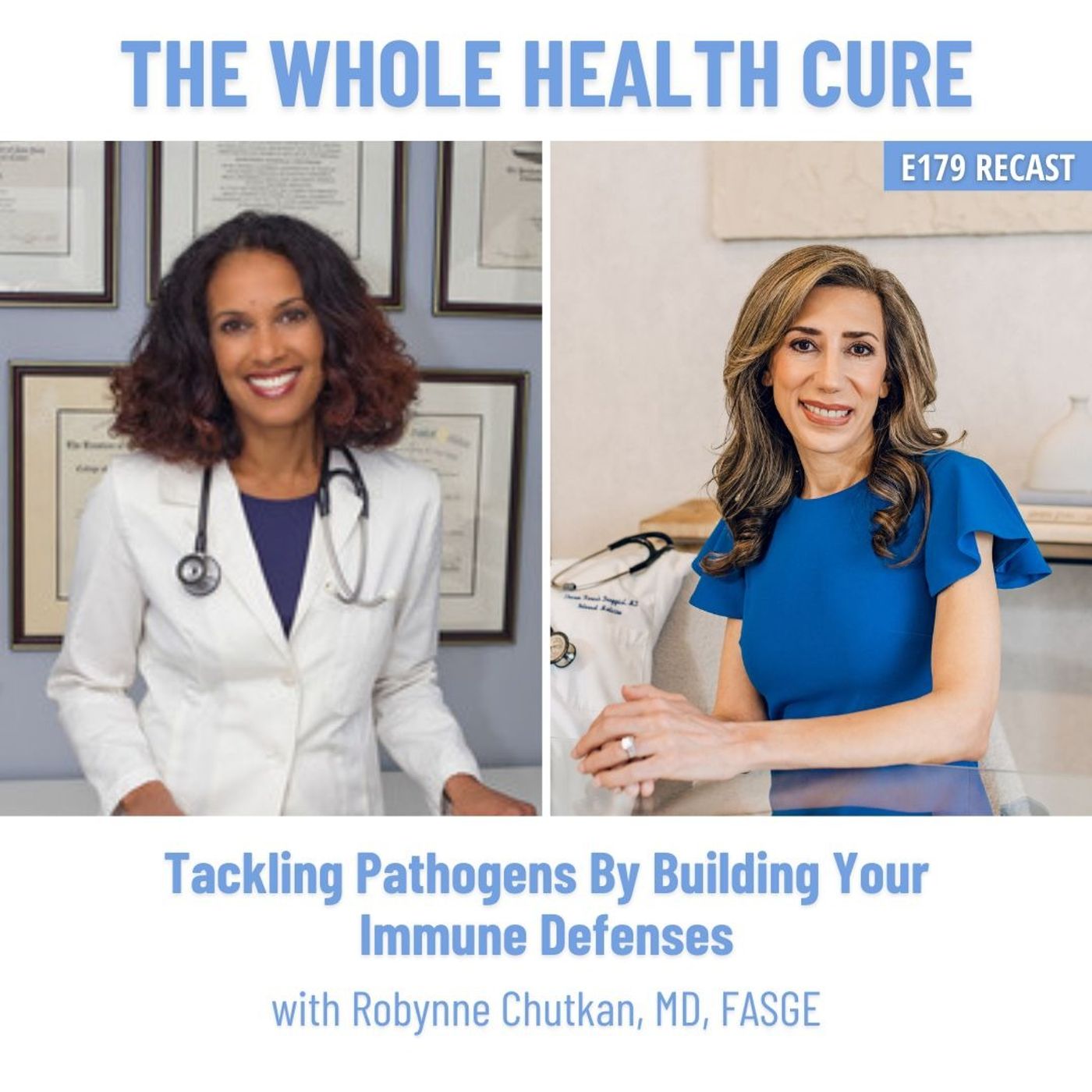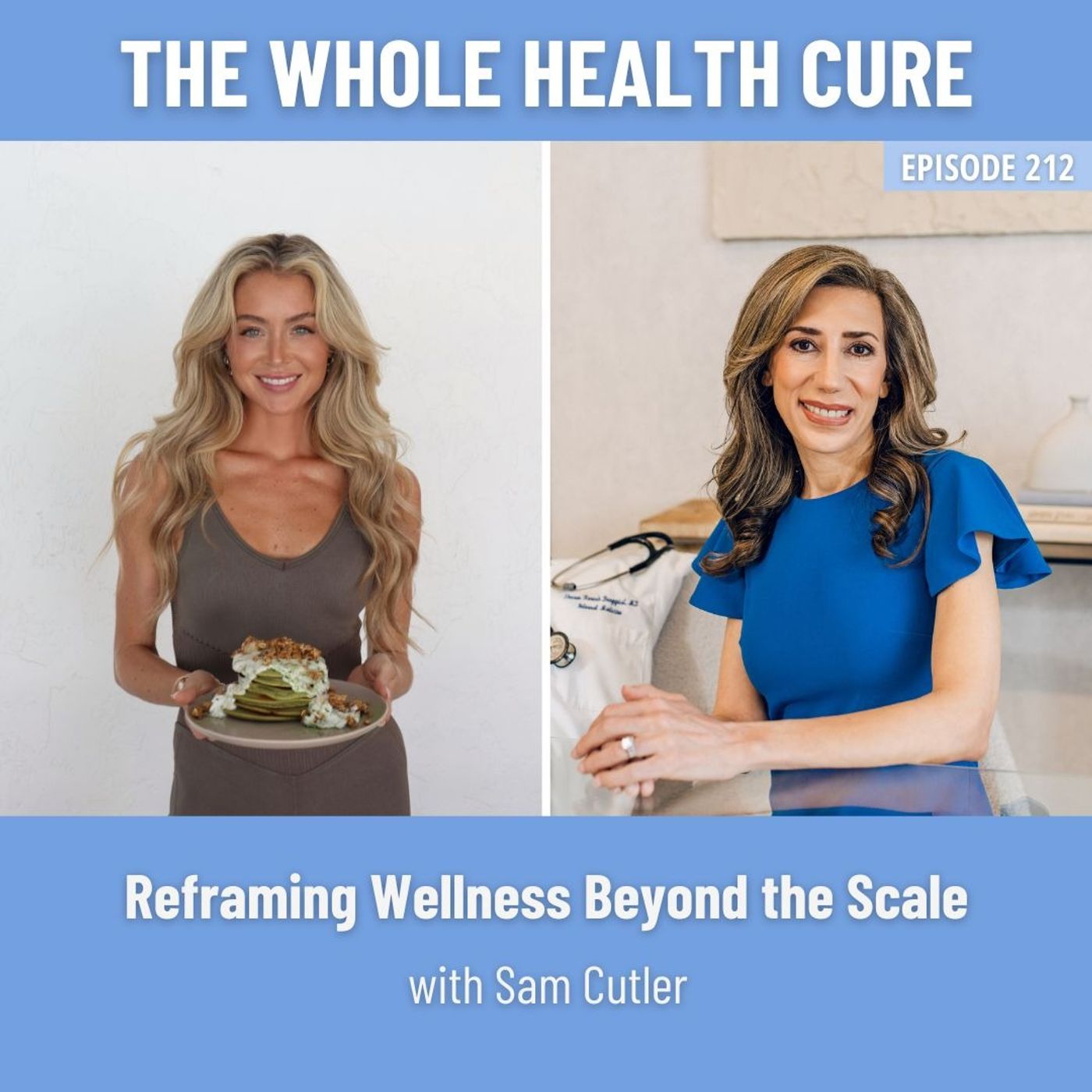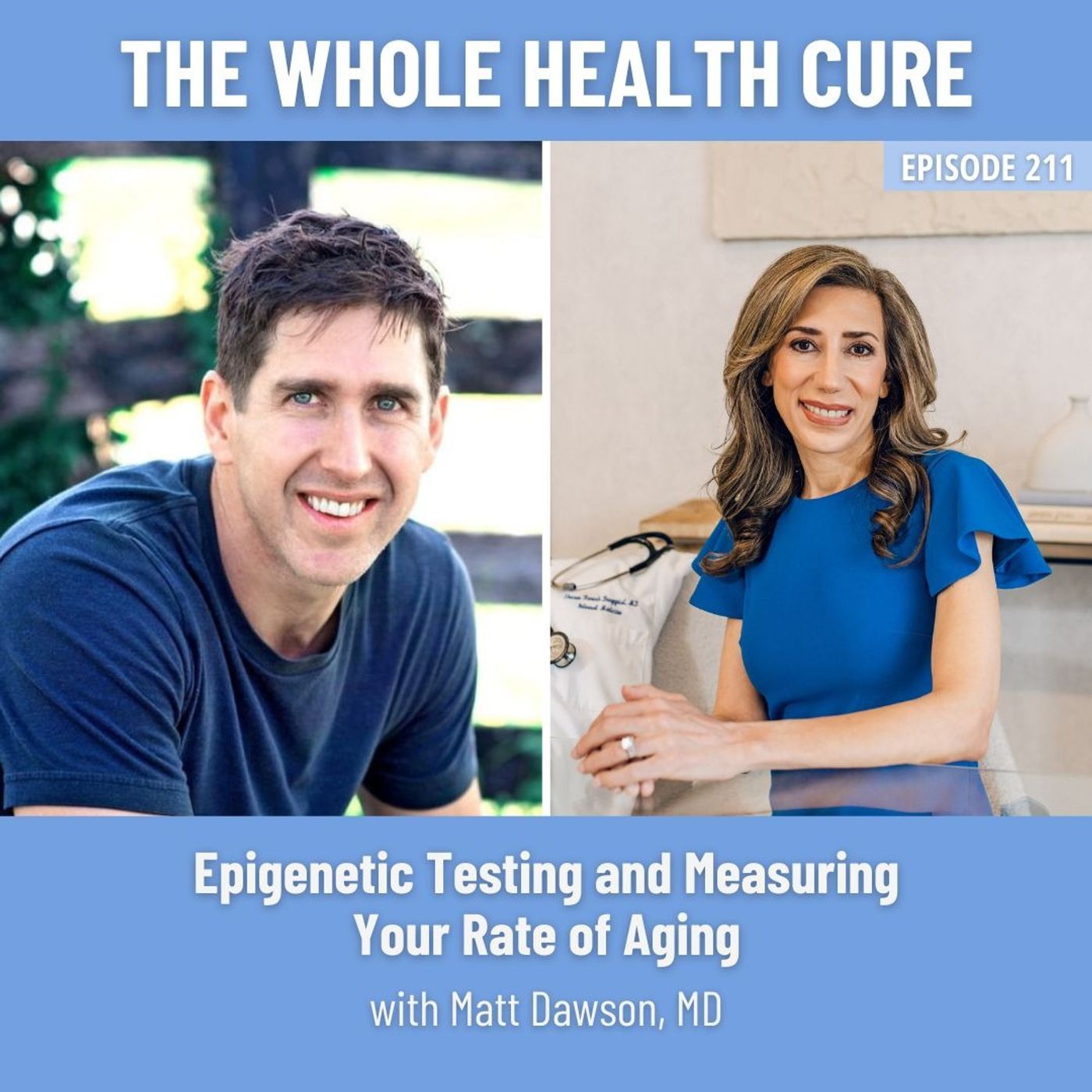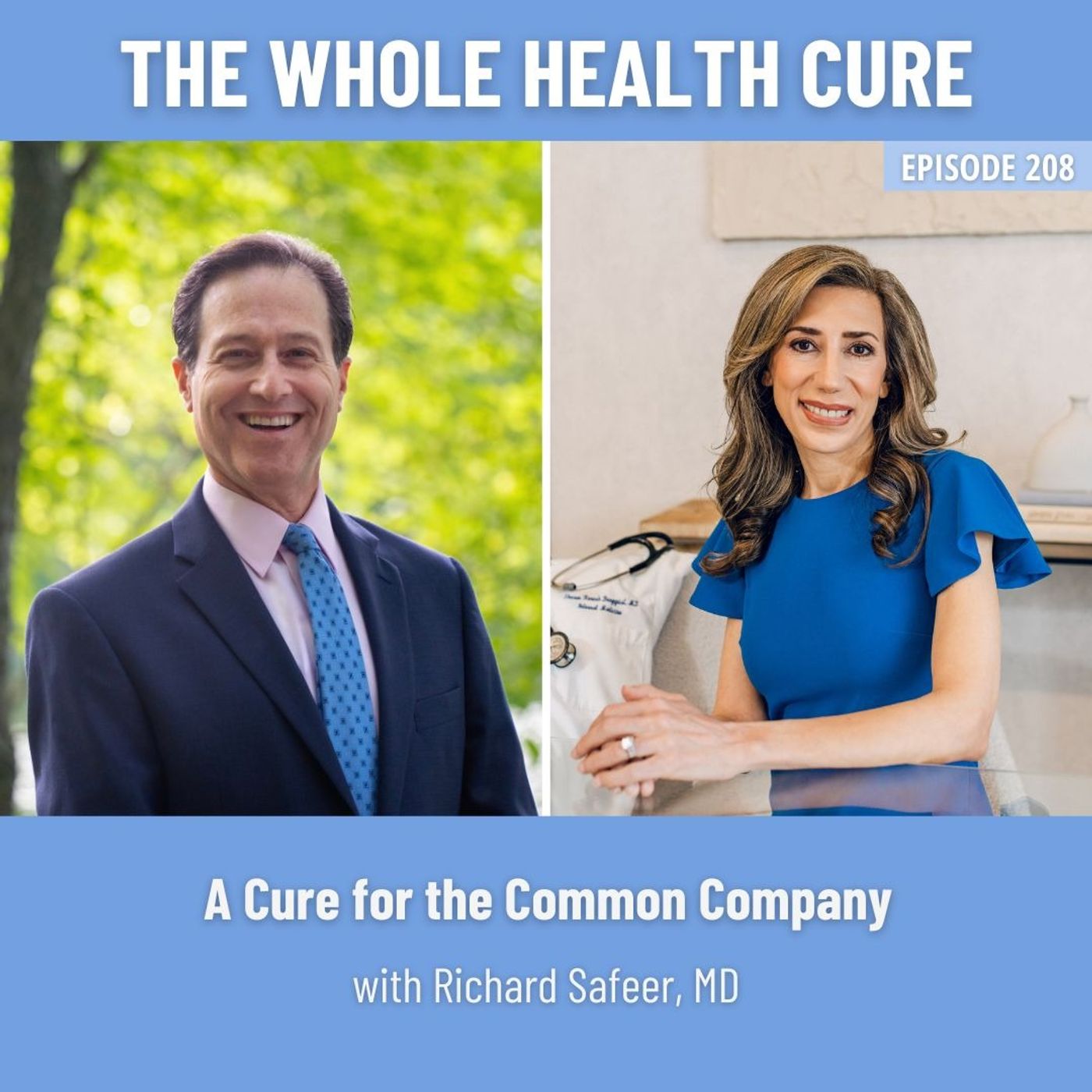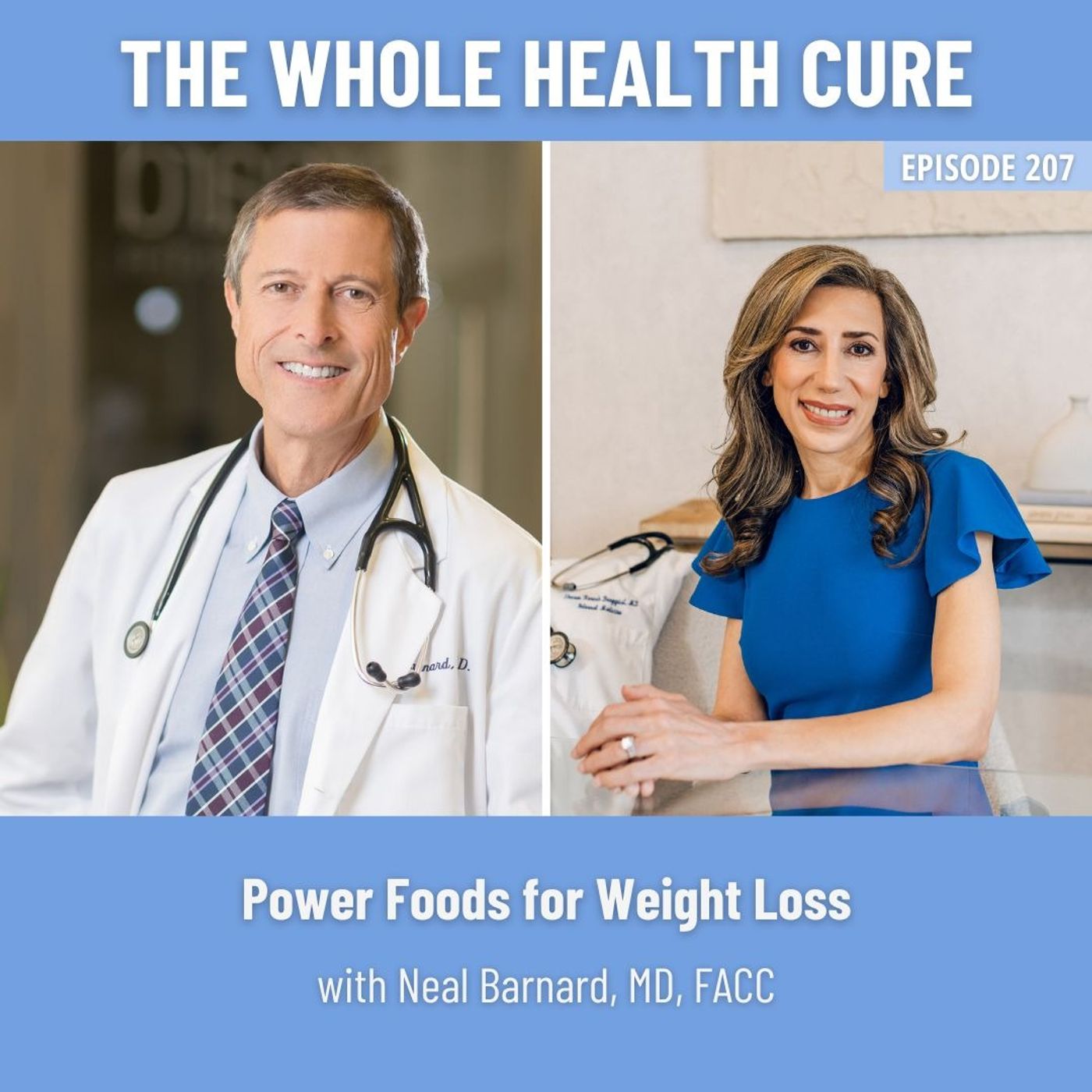PART II: How to Design a Strength Resistance Program for Endurance and Power with Peter Sprague, PT, DPT
Update: 2024-06-13
Description
This conversation is the second part of a two-part series with Dr. Peter Sprague about exercise physiology. In the first part, Peter explains how exercise relates to our health and longevity at the cellular level. In this part, we discuss how to write your own exercise prescription, which is a vital part of our toolkit to avoid disease and improve our aging processes.
Exercise primarily falls into two broad categories: strength training, which involves resistive tools like weights, and aerobic activity, which increases heart rate through activities like running or dancing. Within both categories, Peter defines a spectrum of intensity levels and how they improve our physiology, from vascular pliability and blood cell count to mitochondrial turnover and telomere length.
Peter offers several tools to maximize your time in the gym, such as how to calculate your target heart rate zone and how to determine the right number of reps. Importantly, Peter emphasizes that exercise recommendations are not “one-size-fits-all.” Instead, your workout plan should be tailored to your specific goals.
“Maybe they want to increase their running from the 5K distance and try a 10K or half marathon. We would focus more on volume. If they're already doing a 10K and want to improve their 10K time, then we focus a little bit more on intensity.”
We also discuss common questions. Is soreness a good sign after a workout? Is it better to perform many reps with lighter weights or fewer reps with heavier weights? What if I don’t have access to a formal gym? Peter answers each of these questions and more.
“It's still remarkable how well the body responds. Even at an older age, we still have the ability to improve our processes.”
Here are the details of our conversation:
[00:01:34 ] Strengthening vs. aerobic exercise
[00:02:53 ] Intensities in different workouts
[00:05:09 ] Heart rate and intensity
[00:08:24 ] Using periodization to improve your workout
[00:12:46 ] Hypertrophy and repetitions
[00:15:00 ] Building muscle and endurance
[00:17:02 ] Exercises for different muscle groups
[00:18:16 ] Avoiding injury in workouts
[00:18:50 ] Typical vs. abnormal muscle soreness
[00:20:29 ] Scheduling workouts for the upper and lower body
[00:22:21 ] Exercise for improving muscle tone
[00:28:13 ] Exercise for preventing heart disease
[00:31:49 ] Challenging yourself and your physiology
Exercise primarily falls into two broad categories: strength training, which involves resistive tools like weights, and aerobic activity, which increases heart rate through activities like running or dancing. Within both categories, Peter defines a spectrum of intensity levels and how they improve our physiology, from vascular pliability and blood cell count to mitochondrial turnover and telomere length.
Peter offers several tools to maximize your time in the gym, such as how to calculate your target heart rate zone and how to determine the right number of reps. Importantly, Peter emphasizes that exercise recommendations are not “one-size-fits-all.” Instead, your workout plan should be tailored to your specific goals.
“Maybe they want to increase their running from the 5K distance and try a 10K or half marathon. We would focus more on volume. If they're already doing a 10K and want to improve their 10K time, then we focus a little bit more on intensity.”
We also discuss common questions. Is soreness a good sign after a workout? Is it better to perform many reps with lighter weights or fewer reps with heavier weights? What if I don’t have access to a formal gym? Peter answers each of these questions and more.
“It's still remarkable how well the body responds. Even at an older age, we still have the ability to improve our processes.”
Here are the details of our conversation:
[00:01:34 ] Strengthening vs. aerobic exercise
[00:02:53 ] Intensities in different workouts
[00:05:09 ] Heart rate and intensity
[00:08:24 ] Using periodization to improve your workout
[00:12:46 ] Hypertrophy and repetitions
[00:15:00 ] Building muscle and endurance
[00:17:02 ] Exercises for different muscle groups
[00:18:16 ] Avoiding injury in workouts
[00:18:50 ] Typical vs. abnormal muscle soreness
[00:20:29 ] Scheduling workouts for the upper and lower body
[00:22:21 ] Exercise for improving muscle tone
[00:28:13 ] Exercise for preventing heart disease
[00:31:49 ] Challenging yourself and your physiology
Comments
In Channel


